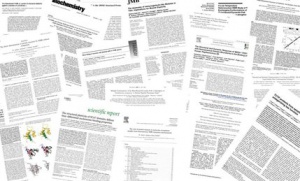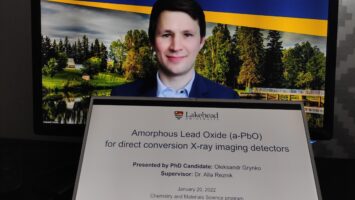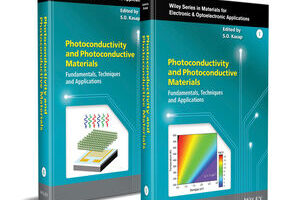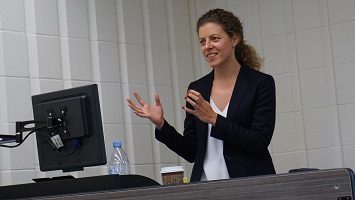Date: March 29, 2021

Oleksandr Grynko with co-authors: Tristen Thibault, Emma Pineau, and Alla Reznik
published a paper titled “Engineering of a Blocking Layer Structure for Low-Lag Operation of
the a-PbO-Based X-Ray Detector” in IEEE Transactions on Electron Devices (Volume: 68,
Issue: 5, May 2021). Congratulations on the published paper!
Abstract
Direct conversion flat panel detectors are of great significance to the field of medical X-ray
imaging since they offer imaging performance and diagnostic capabilities not achievable with
other methods. Currently, mammographic direct conversion detectors employ a layer of
amorphous selenium (a-Se) photoconductor. Although its properties ideally fit the requirements
of mammography, where “soft” X-rays are used, a-Se cannot be used in high-energy X-ray
procedures. To extend the diagnostic capabilities of the direct conversion detectors, amorphous
lead oxide (a-PbO) is proposed as an alternative photoconductor. It is a high effective atomic
number material and thus has a higher X-ray stopping power over the wide X-ray energy range.
a-PbO is, therefore, a suitable candidate for applications in radiography, fluoroscopy, and digital
tomosynthesis. Here, we report on the development of a blocking structure with a polyimide (PI)
layer needed to maintain low dark current at high electric fields. We demonstrate that a 1- μm-
thick PI blocking layer allows the operation of the detector at strong electric fields (≥10 V/ μm)
while suppressing the dark current to an innocuous level (<; 1 pA/mm 2 ). It also improves
temporal performance by reducing signal lag. No ghosting effect was observed at exposure rates
up to 1 R/s; however, at high radiation levels, the detector's sensitivity degraded. This
degradation is not permanent as the detector restores its original sensitivity after several hours of
rest in the dark without bias applied.
Continue reading the article: https://doi.org/10.1109/TED.2021.3067616






